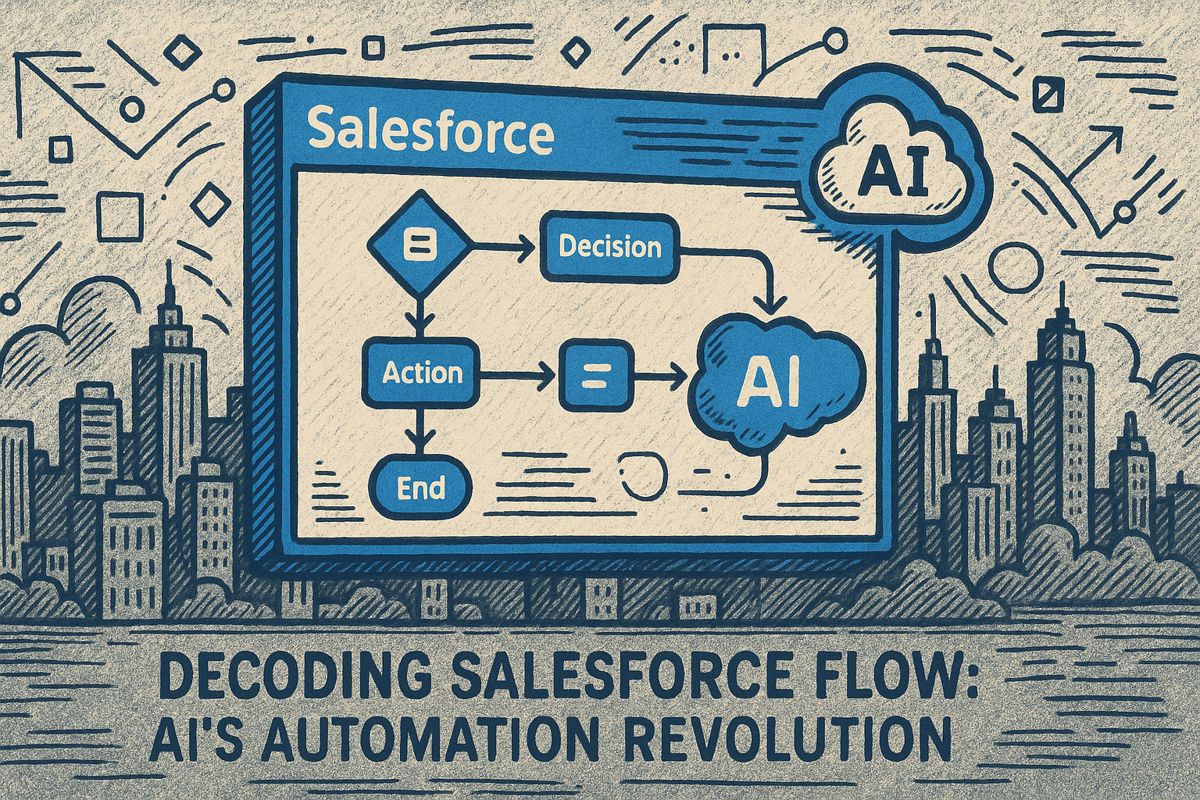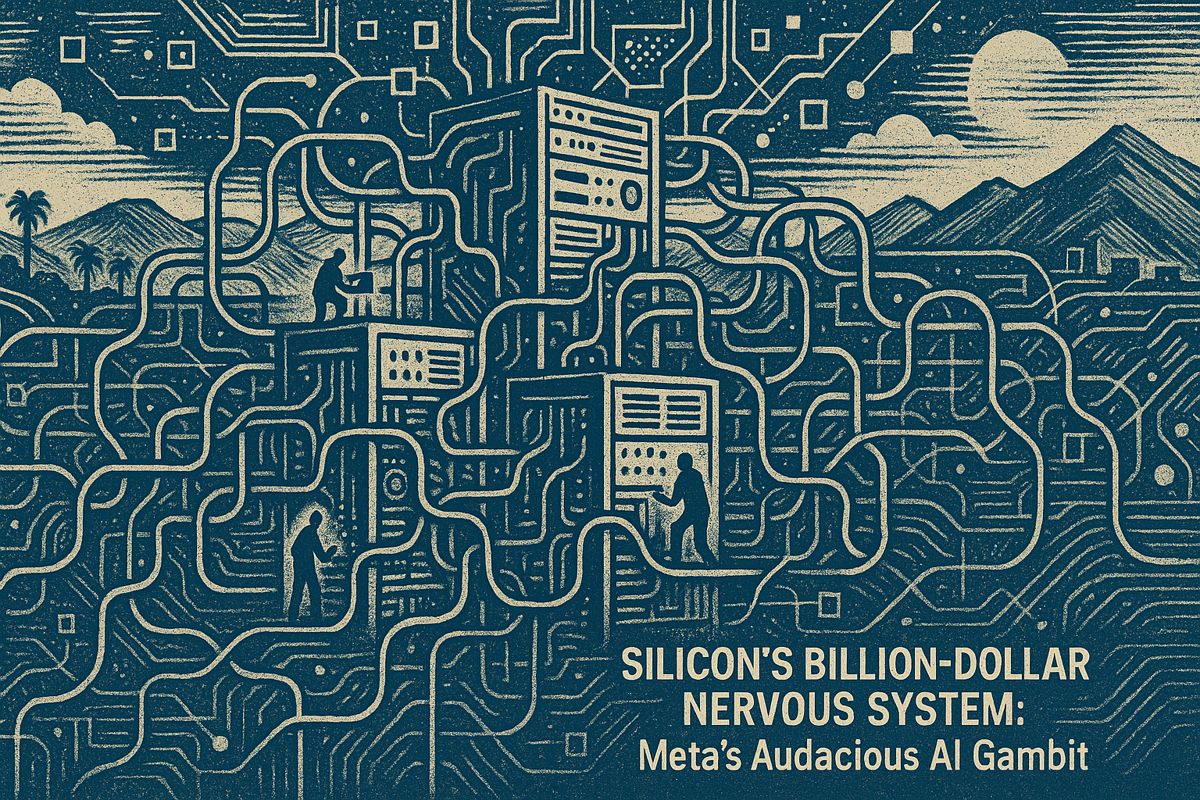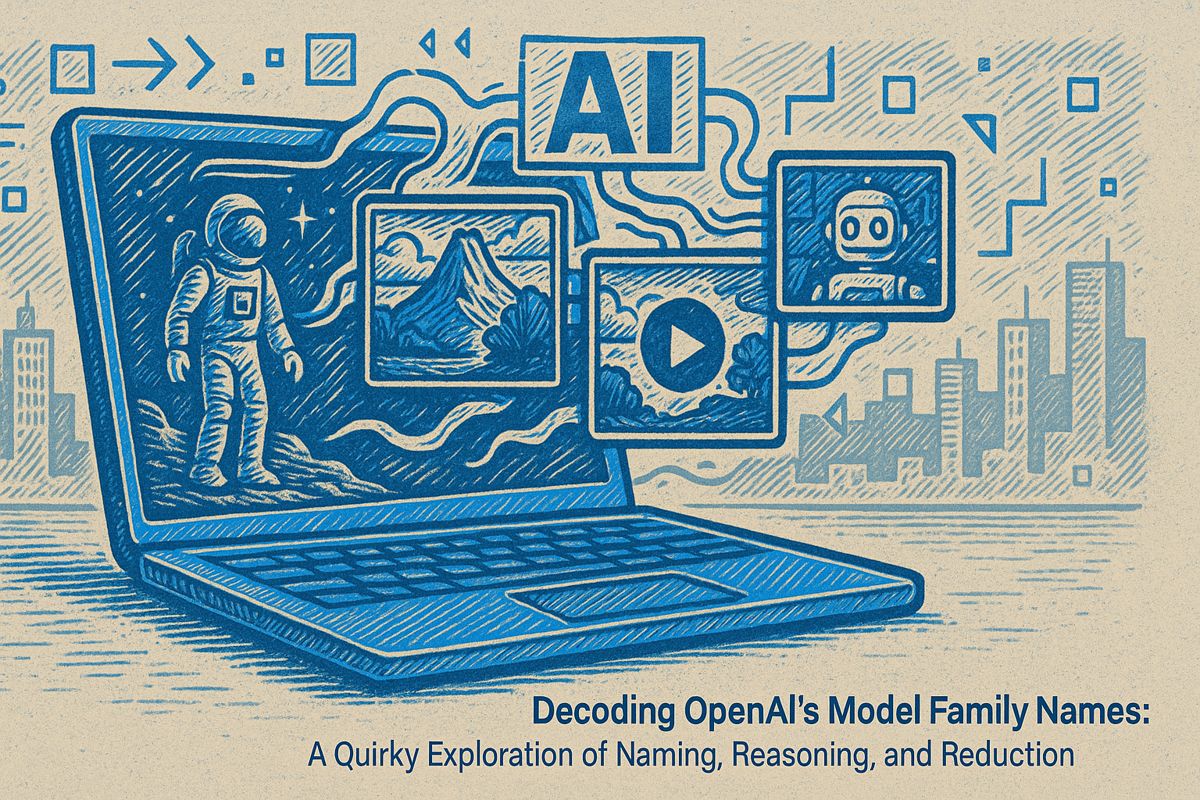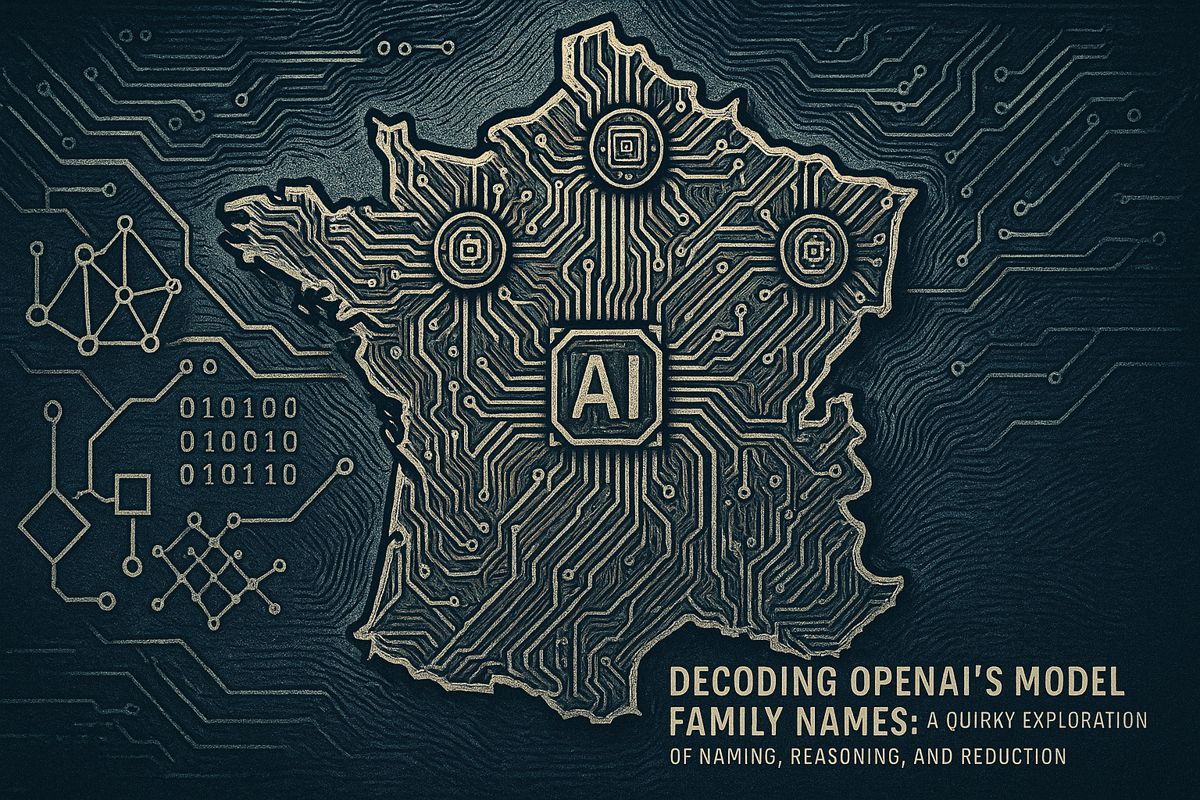Here’s the text with the most important phrase in bold markdown:
Pinterest is revolutionizing mood boards with AI-powered auto-collage tools that automatically generate clickable, shoppable product collections by analyzing user engagement data. The technology dramatically improves content discovery, doubling save rates and surfacing emerging trends with remarkable speed and precision. By leveraging machine learning algorithms, the platform creates dynamic visual collections that transform how people explore and interact with visual content. These AI-driven mood boards offer unprecedented efficiency, eliminating traditional manual design processes and providing personalized, trend-driven visual experiences. The innovation represents a significant shift in creative technology, making content curation faster, more intuitive, and deeply responsive to user preferences.
How is Pinterest Using AI to Transform Mood Boards?
Pinterest’s AI-powered auto-collage tool automatically generates clickable, shoppable product groupings by analyzing user engagement data. By leveraging machine learning algorithms, the platform creates dynamic visual collections that double save rates and surface emerging trends with unprecedented speed and precision.
Sometimes innovation tiptoes in wearing the costume of nostalgia. I caught myself grinning at a headline about Pinterest’s new AI-powered auto-collage tool. Instantly, I was back in the conference room, wrestling with glue sticks and paper scraps for a campaign pitch at Ogilvy – the air thick with that unmistakable tang of rubber cement. Those boards looked beautiful, sure, but they gobbled up hours. Now, the entire process feels like a relic from the Neolithic marketing era.
Here’s a quick flashback: in 2017, my teammate Raj claimed he could whip up a trend board in 45 minutes flat. He’d fumble with swatches, sketches, and a camera phone that smelled faintly of espresso. But when our team had to assemble 200 boards for a Levi’s rollout, even Raj’s bravado wilted. (No one talks about the time he accidentally glued his sleeve to the display. Whoops.)
Now, Macy’s – yes, the same Macy’s anchoring Herald Square – is piloting Pinterest’s digital solution. Goodbye, sticky fingers. Hello, algorithmic efficiency. The switch isn’t just about speed; it’s about slicing through visual chaos with laser-point precision. Can you almost smell that new-circuit-board scent? I nearly can.
Decoding Pinterest’s AI: From Pins to Predictions
Let’s get into the circuitry. Pinterest’s auto-collages assemble product images into clickable, shoppable groupings, fueled by the platform’s deep engagement data. It’s not magic, though it sometimes feels that way. The new Pinterest Trends tool, meanwhile, crunches user signals with neural-net gusto, surfacing patterns that would take a human weeks to unravel.
Let’s see if I can keep this all straight. The engine analyzes what users save, click, and buy. These inputs are woven together into dynamic themes – think of it as a tapestry stitched with a million threads of user intent. Auto-collages are already doubling save rates compared to standard Pins, particularly among Gen Z. That’s a 100% jump, according to Pinterest’s own numbers. Imagine trying to get that lift just by tweaking colors or fonts.
Here’s the spine-tingling part (and yes, excitement counts as a sensory detail): trends on Pinterest have double the lifespan compared to TikTok or Instagram, so the shelf life of your content is longer. That smells like opportunity to me – or maybe that’s just cold brew spilled on my keyboard.
The Human Element: Creativity, Uncertainty, and a Small Confession
I’ll admit, I used to be skeptical about machines stepping into creative territory. Is it possible to automate inspiration? My inner critic, a bit like a skeptical editor at Adweek, scoffed at the idea. But after watching how the AI clusters handbags and vases into mood boards that actually feel cohesive, I’ve come around. It’s like watching a jazz pianist summon melodies out of chaos.
Still, there’s a tension here. We crave personalization, but teeter at the edge of privacy concerns. Pinterest, Shopify, and their ilk are collecting signals at a near-molecular level. What if the algorithm gets too smart? (Is it paranoid to wonder if it knows about my secret fondness for corduroy sofas?) I feel both admiration and a faint shiver of unease. Both, at once.
On the bright side, the time saved frees creative teams to focus on storytelling and strategy. My own process has shifted: less time herding pixels, more time pondering the big picture, with the soft hum of an NVIDIA GPU in the background. You can almost taste the progress – just a little metallic.
The Future: AI, Authenticity, and a Bit of Chaos
Here’s what keeps me up at night (besides too much caffeine): will these tools make creativity more democratic, or just more algorithmic? As Instagram and TikTok rumble to catch up, Pinterest’s AI feels like a wild horse – powerful, unpredictable, oddly beautiful. There’s a certain poetry to watching Gen Z embrace these digital collages, craving relevance and speed like a hungry crowd at a ramen pop-up.
Yet, the question remains: can AI keep up with culture’s churn? The next time you scroll, pause. Notice how the colors almost pulse, how the recommendations echo your browsing history. Maybe that’s the real magic: a mirror held up to our shifting appetites, refracting them back as something new.
And if all this sounds a bit breathless… well, I’m still learning to trust my robot assistant. But one thing’s certain: the glue sticks can stay in the drawer. For now.



















